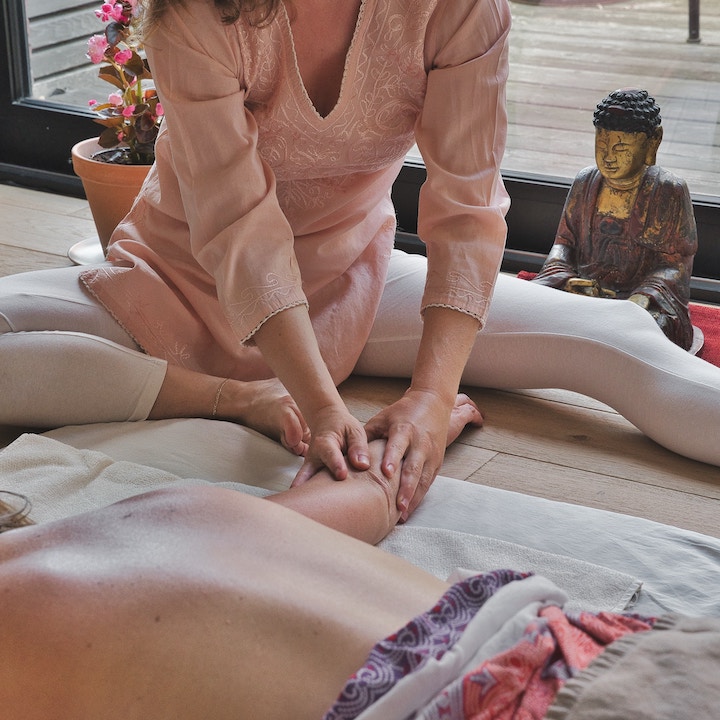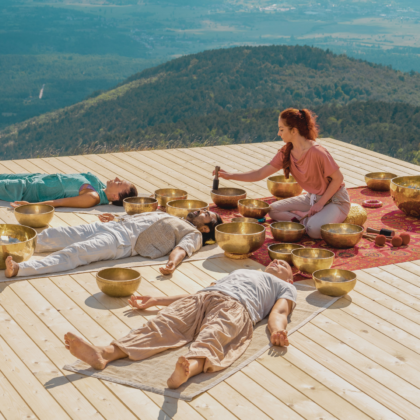Suffering from muscle pain, body aches or a post-injury ailment? There’s an osteopath in Hong Kong who can help.
A type of alternative medicine, Osteopathy detects, treats and prevents health problems through moving, stretching and massaging your body’s muscles and joints. Similar (but different to!) physical therapy and chiropractic, it’s used to enhance and improve mobility and blood circulation while reducing tension, helping with issues like arthritis, back pain, age-related discomforts, muscle and joint conditions and more.
It’s important to pay attention to our bodies; after all, a seemingly small pain or ache can often be a sign of a bigger issue or injury. Luckily, Hong Kong is home to all kinds of professionals and practitioners of rehabilitation and pain management treatments to help improve your overall well-being. Here are our favourite multi-disciplinary and specialised osteopaths to go to for the care and healing your body deserves.
Read More: Top Physiotherapists & Physiotherapy Centres In Hong Kong
Editor’s Note: Any alternative therapy is in no way meant to completely replace conventional Western medicine and more traditional scientific techniques. Please consult your doctor if you are ever unsure, and to make sure that alternative techniques will not impact or hinder your regular medicine, prescriptions and treatments.
Where To Go For Osteopathy In Hong Kong

City Osteopathy – Hong Kong osteopathy clinic with an integrated approach
City Osteopathy offers a holistic and integrated approach to its treatments. While its focus is on osteopathy, it also offers physiotherapy, massage therapy, acupuncture, and Pilates for an all-encompassing path to health, wellness and pain relief.
City Osteopathy, Suite 1401, Century Square, 1 D’Aguilar Street, Central, Hong Kong, 2151 4795, www.cityosteopathy.com.hk
Read More: Alternative Therapy In Hong Kong – Reiki Energy Healing, Acupuncture, Hypnotherapy & More

The Round Clinic — Osteopathy-focused clinic with an array of therapies
Founded in 2015, The Round Clinic boasts some of Hong Kong’s leading healthcare therapists, who aim to help you with any acute or chronic ailment. Choose a single or combination of therapies from the array of treatments, advice and services that span osteopathy, homeopathy, physiotherapy, acupuncture, kinesiology and much more.
The Round Clinic, One Island South, 6/F, 602-03, 2 Heung Yip Road, Wong Chuk Hang, Hong Kong, WhatsApp: 2648 2612, www.theroundclinic.com
Read More: Top Chiropractors & Chiropractic Centres In Hong Kong

Osteopathic Centre Hong Kong — Dedicated professionals with a holistic approach to healing
Osteopathic Centre Hong Kong is a team of dedicated professionals who will help you function and live optimally. Combining hands-on treatment, movement, and other therapies, the holistic approach to your healing includes osteopathy alongside corrective exercise personal training, counselling and yoga therapy.
Osteopathic Centre Hong Kong, Suites 1801-02, 18/F, The Chinese Bank Building, 61-65 Des Voeux Road, Central, Hong Kong, 2505 2220, ochk.hk
Read More: The Best Yoga Studios And Classes In Hong Kong

TAO Osteopathy — Martial arts training and traditional healing massage approach
A martial arts practitioner trained in Canadian osteopathy, Victor Bourdeau founded TAO Osteopathy in his home, Hong Kong. The osteopathic treatment service here uses hands-on techniques to diagnose, treat and prevent injuries and illnesses, drawing inspiration from traditional healing massage (with skilled therapists from Indonesia and Thailand who have years of experience) and martial arts training.
TAO Osteopathy, Suite 1604, 16/F, Chinachem Hollywood Centre, 1-13 Hollywood Road Central, Hong Kong, www.tao-osteopathy.com
Read More: The Best Spas In Hong Kong – Massage, Facials And More

More Osteopath Services In Hong Kong
- Integrated Medicine Institute IMI – Osteopaths with over 30 years of experience. www.imi.com.hk
- Momentum – Osteopath services as well as massage and stretch therapy, health and chronic condition management and more. www.lifeinmomentum.com
- Joint Dynamics – Tailored, multi-disciplinary personal training programmes and services including osteopathy. www.jointdynamics.com.hk
- The London Medical Clinic – Medical health services including osteopathy, health checks and more. www.thelondonmedicalclinic.com
Editor’s Note: Parts of this article were taken and amended from “Physiotherapy In Hong Kong For All The Family” by Danielle Tucker-Roberts on our sister site Sassy Mama Hong Kong. It was most recently updated for Sassy Hong Kong in December 2023 by Sakina Abidi.
Main image courtesy of Momentum via Instagram, image 1 courtesy of Toa Heftiba via Unsplash, image 2 courtesy of Ryutaro Tsukata via Pexels, image 3 courtesy of Ryutaro Tsukata via Pexels, image 4 courtesy of Conscious Design via Unsplash, image 5 courtesy of AsiaSpa Magazine via Instagram.





 Eat & Drink
Eat & Drink



 Travel
Travel



 Style
Style



 Beauty
Beauty



 Health & Wellness
Health & Wellness



 Home & Decor
Home & Decor



 Lifestyle
Lifestyle


 Weddings
Weddings







